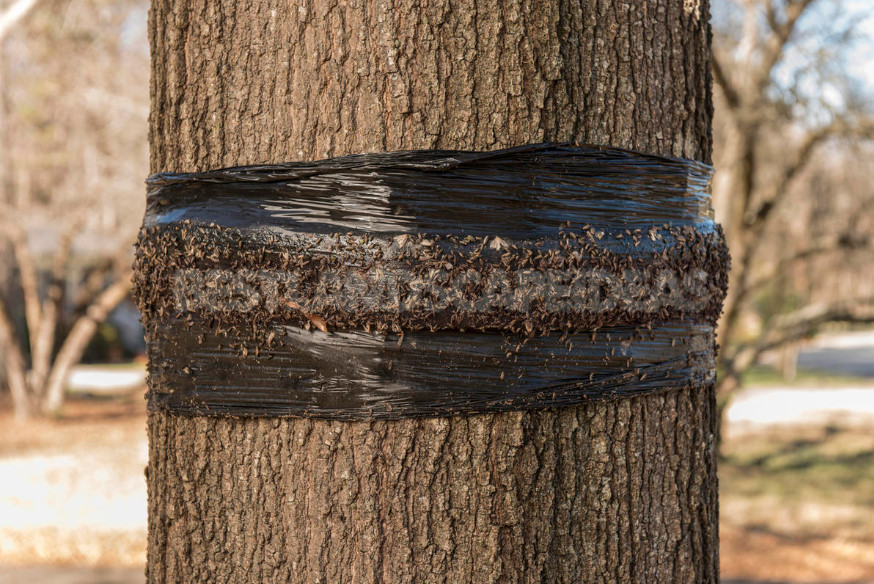
Spring care cottagers often begin long before its onset. We are happy to study interesting information on gardening topics, get acquainted with new products, enthusiastically choose seeds and soil for seedlings, and also remember the unpleasant. What darkens the wonderful anticipation of the new season? Of course, thoughts about pests and diseases of our green Pets. And we go to the counter with the means of protection…
Experienced gardeners quite know exactly what the pest is the most feel at ease in the area, from whom first and foremost to protect the garden plants, berry bushes and fruit trees. Newcomers are often faced with an unpleasant fact: they came to the country, and the plants were attacked by the enemy.
In the Arsenal of gardeners have a lot of money. This biological methods of protection (biologics, attraction of beneficial microorganisms and animals), and insecticides of varying degrees of power, and mechanical means of insect control. Many believe, and it is reasonable that spraying poisons — the most effective and easiest way to get rid of uninvited guests. But chemicals can not always be used, for example, during fruiting they are completely banned. Yes, and I would not like.
An effective solution is the use of hunting belts. In fact, these are traps that can be safely used throughout the season. They are easy to make yourself or you can buy in the store. By and large, they are divided into three groups: catching pests in the drive (dry), sticky and poisonous.
Dry hunting belts
As a rule, these are all kinds of funnels made of paper, hard or fleecy fabric, plastic bottles. The action is based on catching insects awakening in the soil and climbing up the trunk for further development, or those who are moving in the opposite direction.

There are many options, but the principle of manufacture is as follows. A strip of the selected material with a width of 20-30 cm is wrapped around the tree trunk at a height of 30-50 cm above the ground. Securely and tightly fastened, forming a funnel with the funnel pointing down. It turns out that insects or caterpillars crawl along the trunk and get into a dead end, from which it is not possible to get out. According to the gardeners, such protection proved to be as good as possible on Apple trees, almost completely protecting them from the moth.
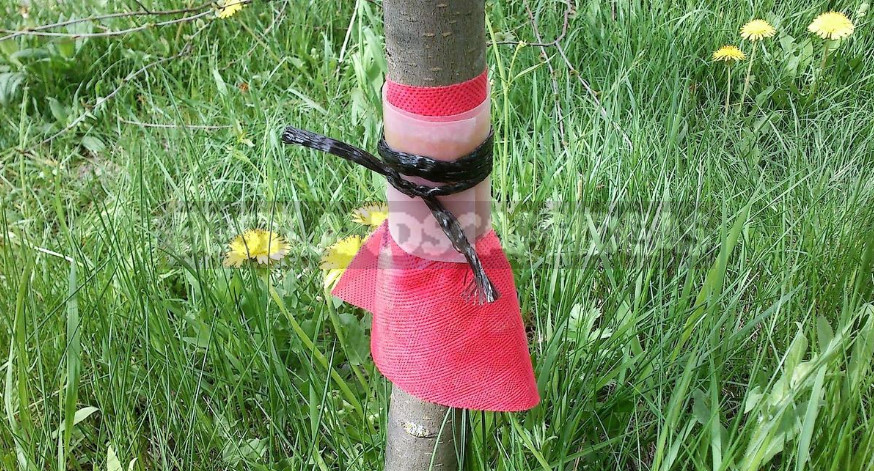
Funnels can be two-way — directed down and up. Thus we protect the tree from both “ascending” and “descending” pests. This design is made similar to the previous one, but the strip of material (paper, burlap) is taken wider, tightly tied in the middle, leaving the “skirts” directed up and down.
Anyway, the traps need to be regularly checked and cleaned, sending pests into the fire. It should be noted that some small insects can find cracks in the trunk and pass the barrier on them. To avoid this, the seat belt fastening coat the barrel with clay or garden pitch.
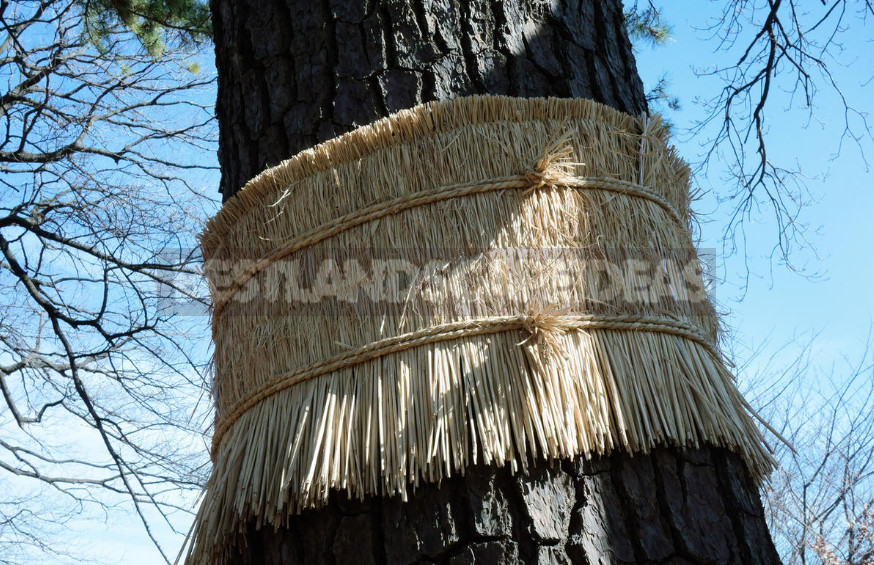
Gardeners came up with other witty options dry hunting zones. Well work old stockings, wound on barrels in several levels — for some bugs they represent an insurmountable barrier. Go in the course of the band of glass wool, which damage the tender bodies of caterpillars.
There is another type of funnel, which however can not be attributed to dry belts. It is made of a piece of thick rubber, which is wrapped around the barrel and the ends are glued together. Then the rubber is rolled up in such a way that a tank is formed into which the oil is poured. Insects crawling on the trunk of the crown down, get into it and can not get out. This device is convenient because it “grows” along with the tree, as the rubber stretches and does not deteriorate for a long time.
Adhesive hunting belts
Another kind of mechanical protection — sticky belt. It is made as simple as the funnel. The principle of operation is based on the adhesion of pests moving along the trunk to a viscous adhesive substance. This method is best protects the trees from ants that settle aphids on young leaves.
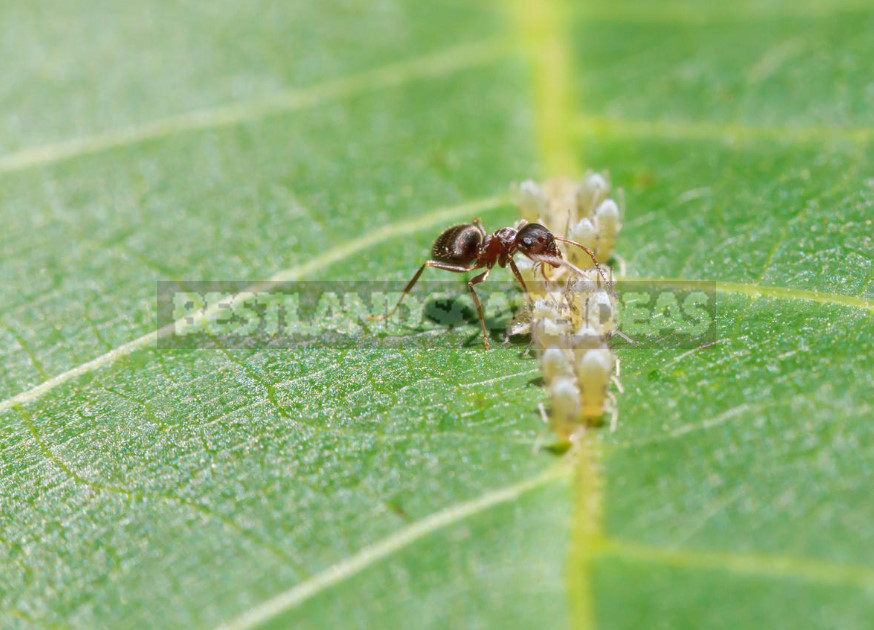
On sale there are ready-made compositions of “low-drying” glue for the manufacture of a hunting belt. On some packages you can even read that the product is applied directly to the barrel. No matter how tempting such ease of use, it is by no means impossible to do it! As a result of such “protection” the bark of a tree can irreversibly suffer.
Any such means are applied to the substrate. This applies to those that are prepared according to folk recipes. Gardeners use, for example, resin or tar. There is also a recipe. Need take 10 parts of pine resin, 1.2 parts of rosin, 1.5 parts of vaseline. All mix thoroughly and boil to obtain a sticky mass.

In addition to ready-made adhesives in tubes (cans) and fishing belts in the form of tapes, there is another original solution for adhesive protection. First, we make the substrate. Take a piece of burlap width of 20 cm and a length equal to two girths of the trunk. This blank is wrapped around the trunk and tightly tie it with a cord at a height of 20-30 cm from the ground. Then take a tape of polyethylene film width of 10 cm Wrap it burlap and fasten the cord so that the bottom and top of the polyethylene strip does not reach the edge of the burlap 5 cm.
And now we use a tool that recently appeared on sale, but has already become a real find for me — glue-aerosol to protect against insects. Shake the cylinder and, continuously pressing the spray head, apply foam to the polyethylene strip without touching the burlap. This is a very convenient way to apply the glue, as you do not come into contact with the substance, and the hands remain clean.
Such adhesive layer requires updating approximately once a month, but for this purpose it is not required to remove and remake all design. It is enough to walk with a can between the trees in your garden and re-apply the glue, which is non-toxic and safe for humans and animals.
Poisonous hunting belts
For many gardeners, it sounds very frightening, but there is no danger in the “murderous” belt. It is made as follows. A strip of material (paper, burlap) 20-25 cm wide is thoroughly impregnated with insecticide. Then it is tightly fixed on the trunk at a height of 40-50 cm from the ground in the form of a skirt. So the poison no longer evaporated on top of the belt it is possible to build plastic protection.
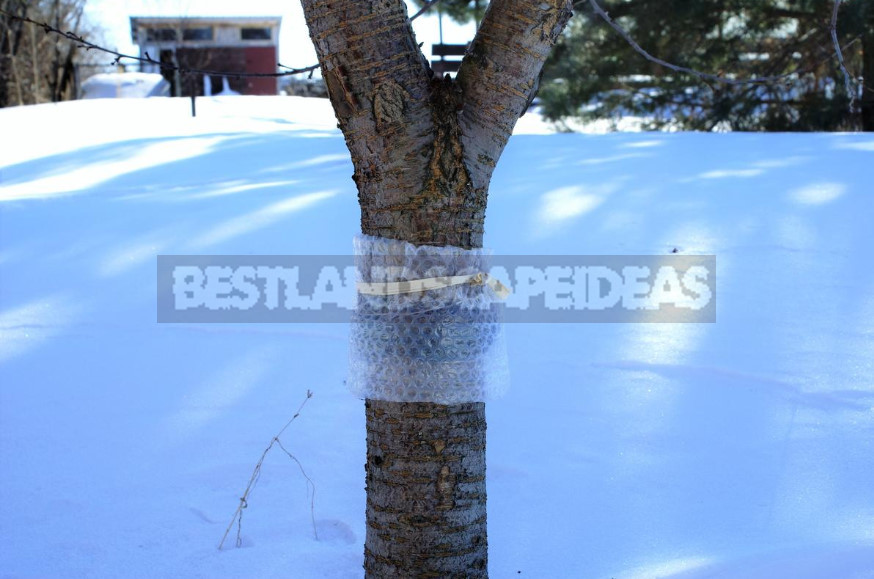
Despite the fact that the insecticide is in contact with the tree, do not be afraid that harmful substances will penetrate the fruit. Most often, these belts are fixed on Apple trees — they perfectly protect them from caterpillars.
To such a method of protection can be attributed another tool that is applied directly to the tree trunk. It is a mixture of a drug that is used in veterinary medicine to treat animals from parasites with vegetable oil.
Another important aspect of the protection of fruit trees with the help of hunting belts — time. Protection is built as soon as the spring comes warm days, even before the leaves bloom and after whitewashing (if, of course, you whitewash the trees in the spring). Awakened from hibernation pests, spending the winter in the ground, rush to the crown of trees and fall into traps.
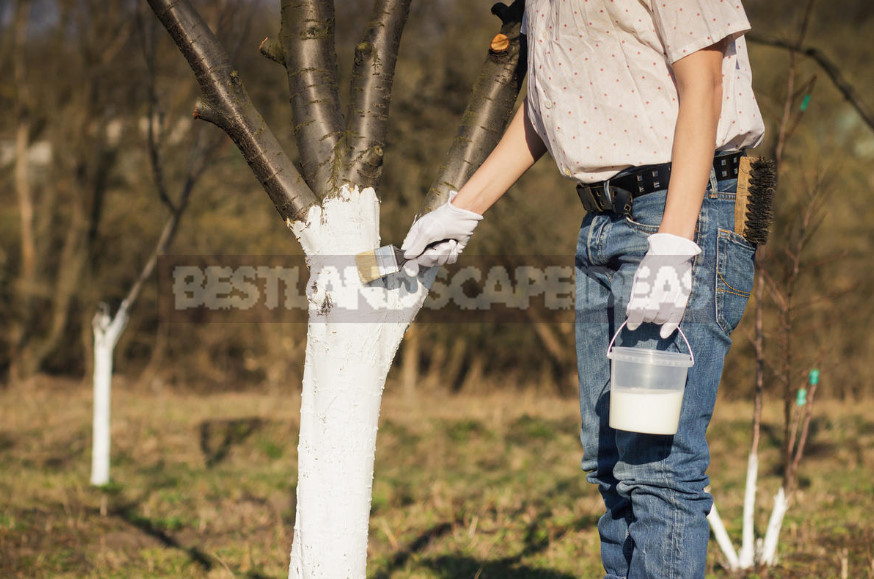
The second term — the time of ripening, when they begin to fall. Caterpillars of Apple moth of wormy apples rush back to the tree. And here to catch their huge number by means of hunting belts quite in our forces.
Dear gardeners, what kind of hunting belts do you use? Do you buy ready-made products or make them yourself? Share with us in the comments, which of them were the most effective and easy to use.
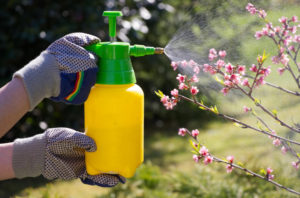

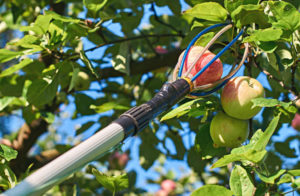

Leave a Reply